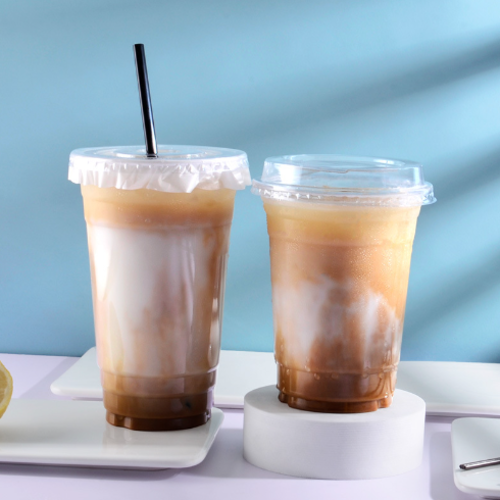The Art of Wrapping Paper More Than Just Excess Paper
In a world increasingly dominated by technology, the simple act of gift-giving remains a cherished tradition, embodying love, thoughtfulness, and celebration. However, one essential yet often overlooked aspect of this ritual is the wrapping paper. This seemingly mundane element plays a pivotal role in the entire gifting experience, transforming a simple item into a cherished present.
The History of Wrapping Paper
The origin of wrapping paper dates back to ancient civilizations. The Chinese are credited with creating the first forms of decorative paper to wrap gifts over 2,000 years ago. They used rice paper, intricately designed, to wrap gifts on special occasions. In Japan, furoshiki—a cloth historically used for wrapping goods—reflects a similar sentiment, promoting sustainability through reusable fabric. As time progressed, the Western world began adopting the concept of wrapping presents, especially during the holiday seasons. The first commercial wrapping paper was produced in the early 20th century, paving the way for a booming industry.
The Aesthetic Appeal
Gift-wrapping goes beyond mere presentation; it embodies the essence of the gift itself. Unique and artistic wrapping paper can elevate the entire experience, signaling to the recipient that they are valued and cherished. From vibrant colors and intricate designs to subtle textures and elegant finishes, the choices available today are virtually endless. Seasonal themes often inspire designs—snowflakes for winter holidays, floral patterns for spring celebrations, or bold, bright colors for birthdays.
The visual appeal of wrapping paper can invoke emotions. A beautifully wrapped gift can spark joy and anticipation, heightening the excitement of unwrapping. The moment a recipient lays eyes on their gift, the wrapping serves as a preview of the thoughtfulness that lies within.
The Cultural Significance
In many cultures, the way a gift is wrapped carries significant meaning. For instance, in some East Asian cultures, red is considered a lucky color; thus, presents are often wrapped in red paper to promote good fortune. Meanwhile, in Western traditions, wrapping paper adorned with motifs related to the occasion—like birthdays, weddings, or holidays—creates a thematic connection that enhances the celebratory atmosphere.
wrapping paper

Moreover, the act of wrapping itself can communicate care and effort. A hastily wrapped gift may inadvertently send the message that the giver is uninterested. Conversely, spending time to choose the right wrapping paper, ribbons, and embellishments speaks volumes about the giver's affection.
Environmental Considerations
While the beauty and symbolism of wrapping paper are undeniable, the environmental impact of its use cannot be ignored. The production and disposal of wrapping paper contribute to waste, with millions of rolls ending up in landfills every year. However, growing awareness of sustainability has led to an increase in eco-friendly alternatives. Recyclable paper, plant-based inks, and even upcycled materials like newspaper or fabric are gaining traction.
In this context, the concept of green wrapping not only addresses environmental concerns but also encourages creativity. Wrapping a gift in a simple scarf or a reusable tote bag can make a unique statement while minimizing waste.
Personalization A Trend on the Rise
In an age of customization, personalized wrapping paper is gaining popularity. From family photos printed on paper to customized messages, bespoke wrapping can add a personal touch that resonates deeply with recipients. Such gestures transform wrapping paper from a mere accessory into an integral part of the gift itself, fostering a sense of connection and individuality.
Conclusion
Wrapping paper is far more than an accessory for gifts; it is an art form, a cultural symbol, and a sustainable challenge. As we continue to explore the significance of this simple yet profound element of gift-giving, let us appreciate the craftsmanship behind it, the thought that goes into choosing the perfect design, and the environmental responsibility we bear. Whether it's the elegant unwrapping of a birthday gift or the festive joy of holiday celebrations, wrapping paper continues to illuminate our special moments, reminding us that sometimes, the presentation can be as meaningful as the gift itself.



